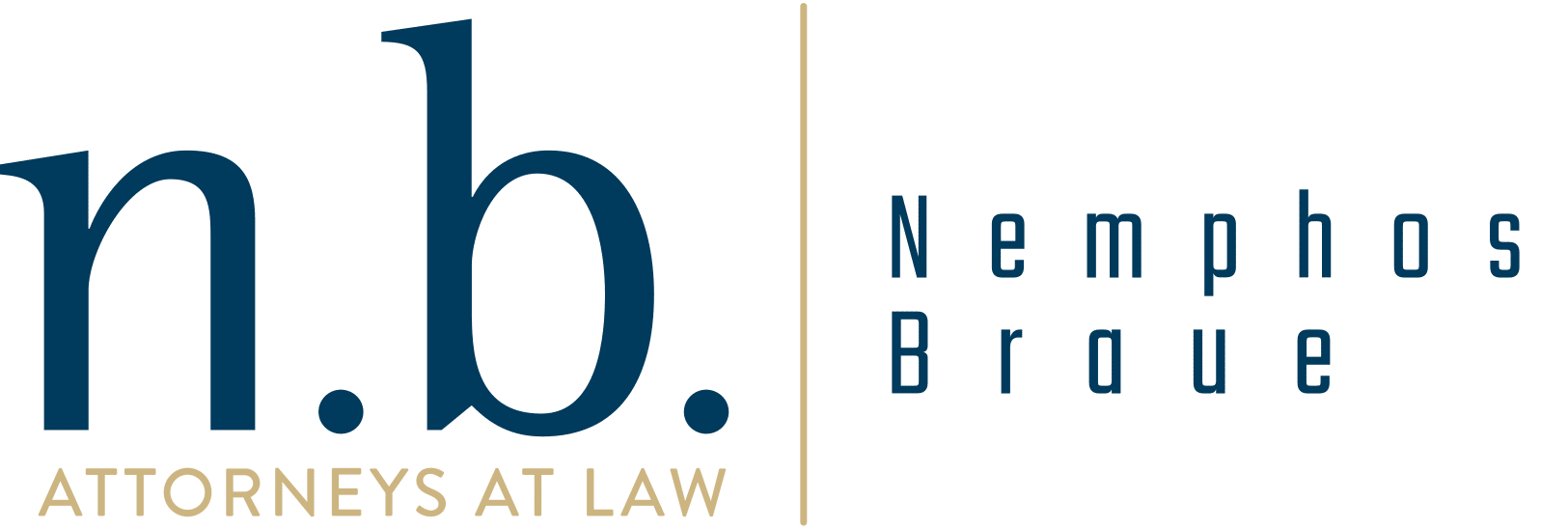
US TM Registration – What are the Principal and Supplemental Registers?
by Michael Antone, US Registered Patent Attorney
US trademark law, known as the Lanham Act (15 U.S.C. §§ 1051 et seq.) provides for registration and protection of trademarks, i.e., marks that are used by a business to identify themselves as the source of goods and services to consumers in the United States. Two basic requirements must be met for a mark to be eligible for US trademark protection, the mark must be 1) used on the goods and services in interstate commerce, and 2) distinctive in identifying to consumers your business as the source of the good and services.
If a mark is distinctive, then US law will consider those marks as trademarks that can be registered on the principal register. Distinctive marks are arbitrary, fanciful, or suggestive relative to, and not merely descriptive of, the goods and services, or have acquired distinctiveness through substantially exclusive and continuous use over time.
US law also provides for the registration of marks that in the view of the USPTO are not distinctive, but that are considered by the USPTO to be merely descriptive of, or used ornamentally, to sell the goods or services, so long as the mark is not a generic description or aspect of the goods and services.
These merely descriptive or ornamental marks may be registered on the US supplemental register. In addition, if a mark is used substantially exclusively and continuously for a long enough period of time, the marks can acquire distinctiveness in identifying a business as the source of the goods and services, and thus become eligible for registration on the principal register.
As shown in the table below, registration on the principal and supplemental register provides a number of benefits to a business.
| Benefits of US TM Registration | Principal | Supplemental |
| The registrant may use the registration symbol ® | √ | √ |
| The registration is protected against registration of a confusingly similar mark under Trademark Act Section 2(d) | √ | √ |
| The registrant may bring suit for infringement in federal court | √ | √ |
| The registration may be used as a basis to obtain registration in foreign countries | √ | √ |
| Presumed notice to the public of the registrant’s claim of ownership of the mark | √ | |
| A legal presumption of the registrant’s ownership of the mark and the registrant’s exclusive right to use the mark in commerce on or in connection with the goods/services listed in the registration (useful in court proceeding) | √ | |
| A date of constructive use of the mark as of the filing date of the application (also useful in court proceeding) | √ | |
| The ability to file the registration with U.S. Customs and Border Protection to prevent importation of infringing foreign goods | √ | |
| The registrant’s exclusive right to use mark in commerce on or in connection with the goods/services covered by the registration can become “incontestable,” subject to certain statutory defenses (also useful in court proceeding) | √ |
The above table makes two clear points for business owners, 1) there are definite benefits to obtaining a US trademark registration on either the principal or supplemental register for any mark that your business is using to identify itself as the source of goods and services, and 2) there are significant benefits that are only available to distinctive marks.
It is important to keep the above points in mind when branding your business, as you will want to choose a mark that distinctly identifies your business as the source of the goods and services. Your brand can represent a valuable asset of your business holding much of the goodwill generated by your business and you will want to protect that asset from competitors through the use of trademark registrations.
Not sure what’s best for your business? Don’t guess. Your IP matters. Read our Trademarks FAQ or contact us to learn more.



